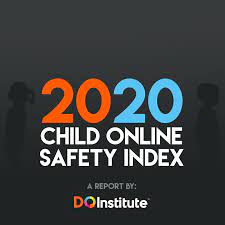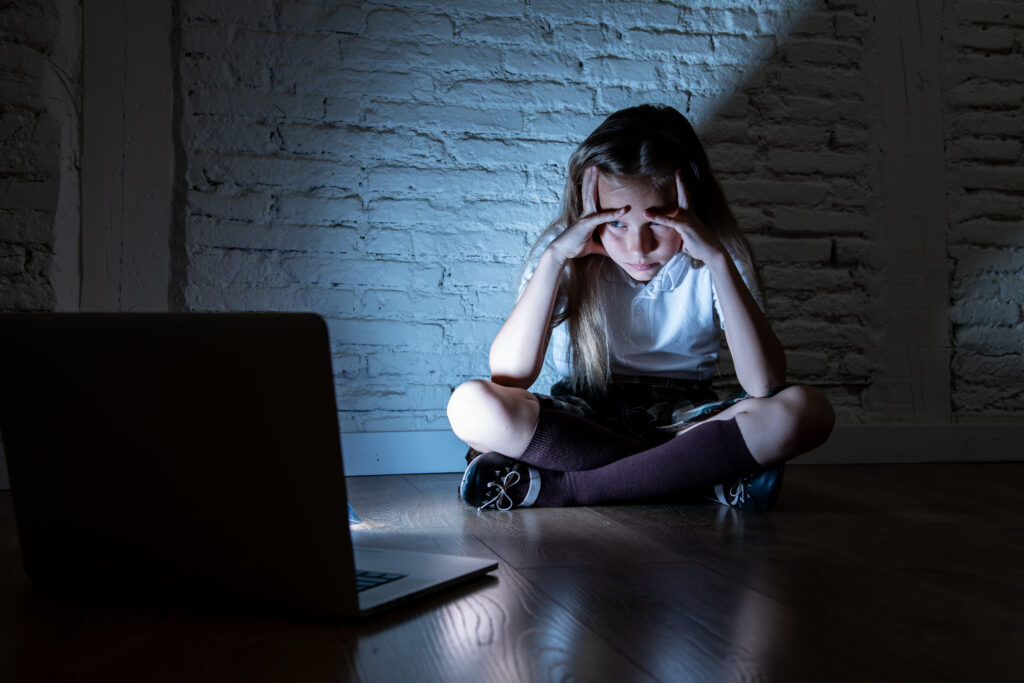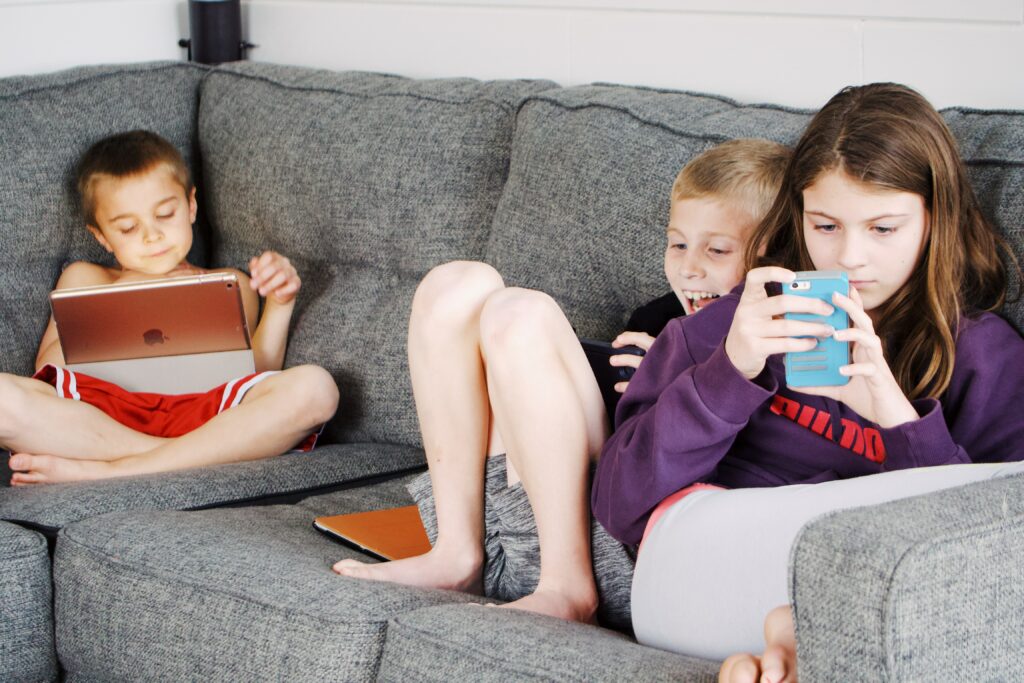Online Safety Index highlights SA kids’ vulnerability
South Africa’s children are the second most likely in the world to be exposed to risky content, including violent or sexual content, second only to Thailand. This is according to the DQ Institute’s 2020 Child Online Safety Index (COSI) which helps nations better understand their children’s online safety status The COSI also notes that South African children are […]
Online Safety Index highlights SA kids’ vulnerability Read More »








